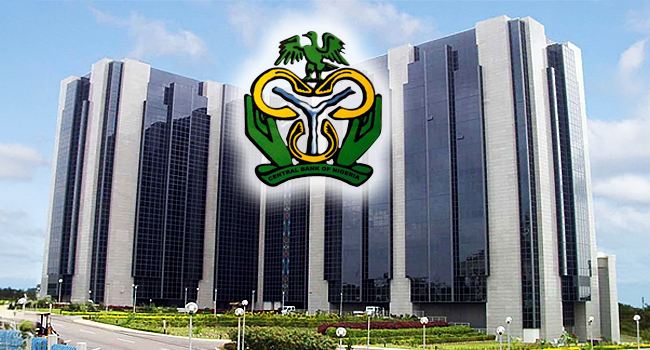By Zion Rufus
With the advent of the internet, marketers have been provided unprecedented access to a global platform where they can find, track, and interact with their target audience.
When developing marketing campaigns, marketers invest heavily in their digital ad spend to advertise to a global audience, measure ad performance, and track advertising success.
However, as 2022 unfolds and market intelligence continues to increase, marketers have woken to find themselves stuck paying for ads that are shown to fake visitors, invalid traffic, and inaccurate audiences.
“Today, if you ask any marketeer or practitioner what is one of the biggest advantages digital advertising has over traditional marketing or channels what you will often hear is measurability, that’s ability to track and measure campaign performance in real time, Interestingly not all digital advertising metrics are all they are cooked up to be,” said Tobi Adekunle, marketing manager, Eskimi.
According to global research company AI Multiple, it is estimated that this year, the rise in digital ad fraud will cost the global economy a whopping $81B.
Digital ad fraud in simple terms refer to any attempt to defraud digital advertising networks for financial gain, by tricking businesses that post online ads into believing that fake activity on the network such as clicks, impressions, conversion, or data events are real user behavior, where instead the clicks are generated by bots or redirected to other products by other companies.
“Before you start running your campaign you need to ensure you set your targeting parameters right and not leave it open, although even at that you can’t 100% control where your ads will be shown or who will see it; same for clicks, you can get so many clicks but how many of the clicks leads to your landing page?” Adekunle explained.
“For instance if you are measuring impressions for a campaign you can’t accurately tell if all the impressions were human or there are bots elements, the solution to this is to check your viewable impressions.”
In a study conducted by the Association of National Advertisers(ANA), it was revealed that up to 11% of display ads and almost a quarter of video ads were viewed by softwares, and not people.
From apps that multiply impression counts, bots that mimic humans, malware that infects users, websites created just to display ads to bots. Fake traffic has become a commodity. There’s malware for generating it and brokers who sell it. So unless the bot is detected, it’s counted as a view by traffic-measuring services.
Programmatic ad-buying systems don’t necessarily differentiate between real users and bots. Some companies pay for it intentionally, some accidentally, and some prefer not to ask where their traffic comes from. It’s given rise to an industry of countermeasures, which inspire counter-countermeasures, the ANA study revealed.
Meanwhile, Google’s proposed deprecation of third party cookies has heralded a new threat — inaccuracies in audience measurement.
“There is no doubt that there are few shortcomings with ad measurements but once you are able to recognize this you can better analyze your data taking into consideration counter measures to compensate for the gaps,” Adekunle continued.
In his final submission he advised: “Don’t get me wrong, digital has provided the platform for advertisers and marketers to be more smarter with their marketing and promotional activities compared to traditional like I said earlier but for all of its benefits, digital reporting isn’t perfectly accurate which is one of the challenges the profession and the practitioners are also facing. Each profession has its unique challenge.”
Google’s third party cookie deprecation will affect audience measurement as content providers and advertisers rely on data and market measurement firms to gather insights on audiences for proper planning and evaluation which will guide their marketing strategies and decisions. Therefore, the continuous accuracy and validity of data gathered from audience measurement companies has become a thing to doubt.
“What this means is that if not properly handled and creatively addressed, digital marketing will start to lose its effectiveness in a short time, businesses that don’t understand what exactly is happening will start to measure apples for apples and get convinced that traditional marketing after all is better than digital marketing in an ROI perspective and they may just start to move funds back into more traditional approaches like they were doing before prior to the emergence of data driven marketing,” said Oti Ukubeyinje, head of products at Terragon.
“Once they start getting blind from certain parts, it becomes difficult to stitch the various data sources that make for complete profile understanding and that leads to inaccuracies in the measurement side of the doings. So you start seeing instances of duplication of audience and over estimation because they saw one individual as two people as a result of missing the data points that could have stitched them together. One person starts to look like two people or even more.”






Comment
No comments found.